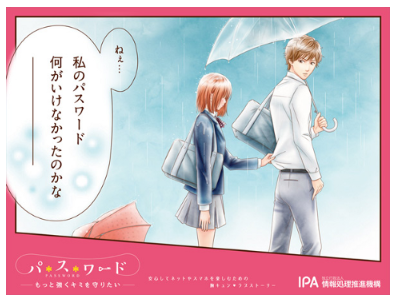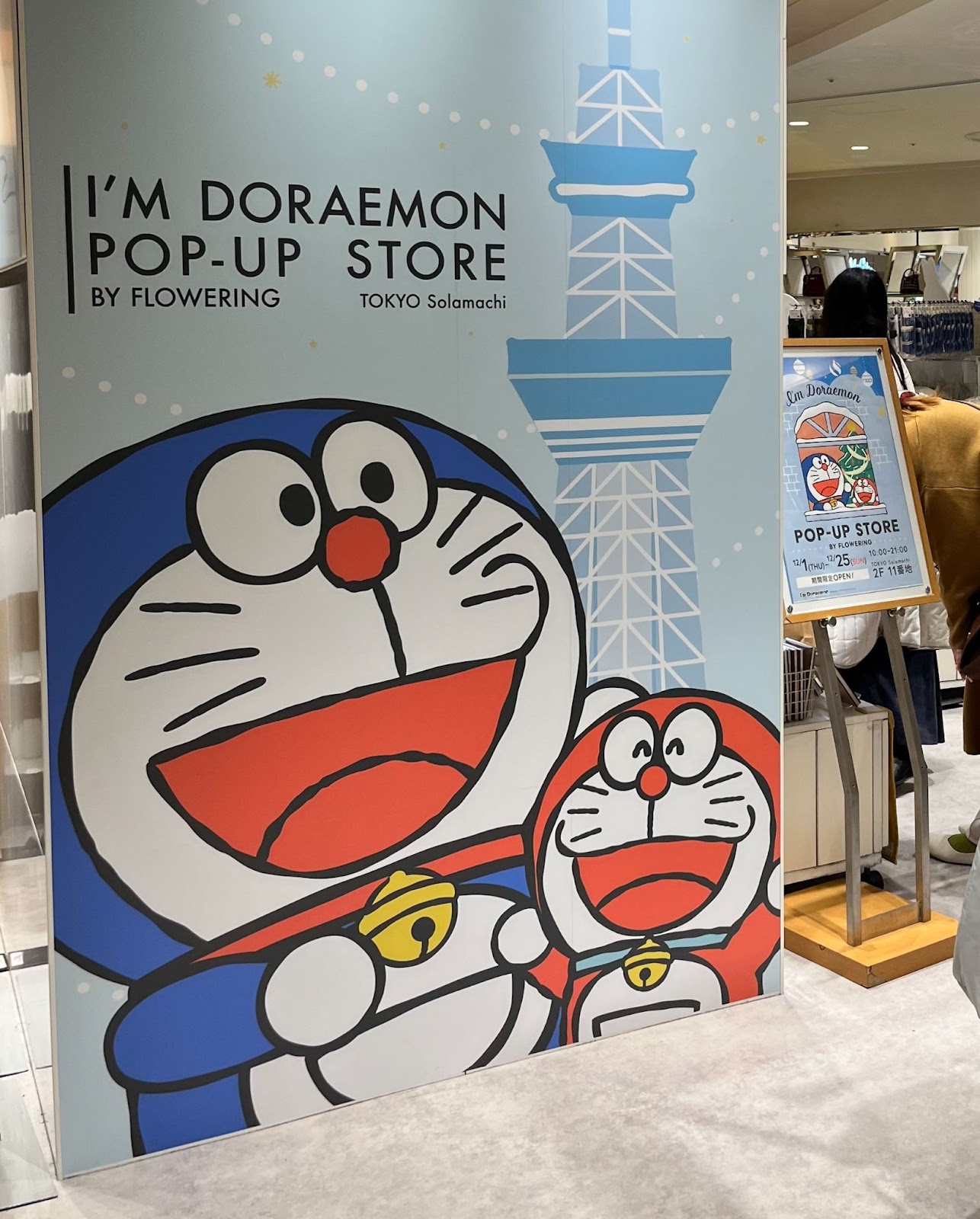 Marketing
Marketing
Marketing with Manga: Japan’s love of visual communication
By Naoko Nomoto
You’ve probably heard the word manga being used when talking about Japanese pop culture. Manga (漫画) — Japanese comics or graphic novels — have a long history and tradition behind them. The visual medium’s roots originated in the 1200s and its current form was first developed in the 1920’s. Many of our art-savvy readers may have noticed the recent increase in international attention that manga has received, especially with the popular exhibition ‘Manga’ at the British Museum, the largest exhibition of manga ever to take place outside Japan. This article looks at how marketing with manga can boost brand visibility and consumer engagement.

What exactly is manga?
According to the British Museum, “manga is a visual narrative art form that has become a multimedia global phenomenon, telling stories with themes from gender to adventure, in real or imagined worlds.” In Japanese, manga translates as ‘pictures unbounded’, and narratives are developed through the use of both visuals and words with an immersive line drawing style that often differentiates manga from other types of comic or graphic novels.
Manga is a multi-billion dollar industry worldwide and has become deeply rooted in the modern culture of Japan. It’s a visual medium enjoyed for all ages, and widely appear from books to newspapers, advertising, movies and games. In this article, we focus on how manga is used in business for marketing purposes.
Why consider marketing with manga?
Let’s be honest. In general people don’t tend to enjoy looking at adverts online or in publications and most would rarely go out of their way to read them. But manga ads work on two levels. Firstly, Japanese people have grown up reading manga as a staple form of entertainment. Therefore, it has positive connotations and people are more likely to read ads that incorporate manga. Secondly, it has been proven that the combination of both visuals and words allows the brain to understand and retain more information in a shorter period of time.
Given these cultural and biological reasons, the use of manga in advertising has the following benefits:
The use of manga boasts a higher conversion rate
According to a study by Shinfield, the conversion rate of a landing page for beauty supplements increased 1.5 times when using manga.

It’s more concise
Words take longer to read but visuals are catchy with minimal explanation, hence the good synergy with social media platforms such as Twitter, which has a word limit for each post. According to a study by Shinfield, posts that included manga were three times more likely to be retweeted. Cutting-edge media accounts have been quick to catch onto this trend, and now popular accounts such as Palette (an LGBTQ+ media platform in Japan) has successfully incorporated this approach as part of their strategy to engage readers. Their regular posts (with simple images or links) get around 50 retweets, whereas their manga posts on the other hand see at least a few hundred, with some of them reaching nearly 17k.

It grabs people’s attention
Long, texty paragraphs such as product information or T&Cs can be a chore to read, but manga has been proven to effectively draw and retain people’s attention, allowing companies to actually have information understood by their customers. Studies show that people stay on a webpage page longer to read manga as well. Research conducted by ferret found that when a company introduced manga into their newsletter, their click-through rate (CTR) went up by 10%.
It simplifies things
Employing manga as a visual communication tool can make it much easier to explain and present complex ideas or processes — this is why manga not only works for B2C brands but also B2B as well, for example when explaining a complicated IT system to someone who is not especially tech savvy.
It can be aligned with influencer marketing
Manga artists have a cult following on social media in Japan, so by featuring their work in brand advertisements, businesses can showcase artists as influencers. Companies like wwwaap use this type of influencer marketing well, and acts as a management agency for more than 70 manga artists, giving them more than 10k followers.
Examples of marketing with manga
Here are some actual examples of companies that have used manga to market their brand or product.
RIZAP Gyms
RIZAP, Japan’s leading gym operator, has released a manga series explaining its services, benefits of working out and importance of a balanced diet when losing weight. This manga ad is unique in that it incorporates real photographs of food and people into a standard manga format. It’s important to note that many manga ads are now adapted for a mobile-screen format, and this specific ad was spread through LINE, Japan’s #1 messaging app. It is a very popular marketing tool as company accounts can also send messages to their followers, including updates on sales, discounts, new products and promotions.

Information-technology Promotion Agency Japan (IPA)
IPA, a legal body within the Ministry of Economy, Trade and Industry, raised awareness of protecting and setting strong passwords via a short manga series called “PASSWORD — I Want to Securely Protect You”.
The organisation produced a range of humorous ads that play on the popular girls’ (shojo) style of manga, which conventionally focus on romantic relationships or emotions and often involve iconic power dynamics, exchanges of words and actions. Here, words of love and affection are cleverly replaced by words that raise awareness around privacy and passwords. These ads appeared around Tokyo’s Harajuku Station in 2015 and went viral as a result of their unique take on the shojo manga format.



If you’re interested in seeing more of these, click here for the full 15-part series of “PASSWORD — I Want to Securely Protect You” ads.
Train Operators (JR Tokyo, Tokyo Metro) and The National Police Agency have chosen to use manga-style posters since 2013 to prevent chikan (sexual harassment/groping) on trains. Japan’s issue with “chikan” is widespread, with studies showing that as many as 70% of young women have been groped, often on commuter trains. Many train lines have now normalised women-only cars, which continue to be quite controversial as they are not seen as getting to the core of the problem. In light of these issues, these anti-chikan posters were developed and they can now easily be spotted at stations. They have definitely seen plenty of online discussion, with positive reactions overall.

Rakuma (Rakuten marketplace)
Known as Japan’s Amazon, Rakuten runs its own marketplace app called Rakuma. Last year, it released an animated advertisement, featuring work by popular social media manga artists such as Sasaki Ikumi and voice actors such as Yuki Aoi. This a good example of how companies can use manga artists and voice actors as influencers as they already have an established fan base. See the full advert here.

Toshiba
Toshiba, one of Japan’s leading electronics companies, uses manga as a means of explaining how to use their new Regza and dynabook laptops, as well as characters in their advertising.

How can marketing with manga help foreign brands in Japan?
If you are thinking about expanding your brand to Japan, it may be worth incorporating manga into your marketing strategy to achieve a stronger impact. To do this, it can be particularly effective to partner with local companies such as Shinfield, wwwap or ferret, that can ‘manga-fy’ your products and services for you. Tokyoesque can help you to find suitable partners for localisation strategies such as this and much more.
As a strong visual medium, manga is just one of the many ways in which brands can maximise their presence in the Japanese market. Contact us if you’d like a personalised analysis of your existing campaign and how it can be localised to resonate with Japanese consumers.






